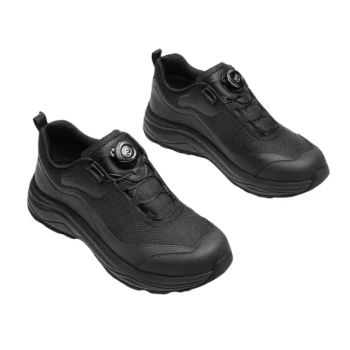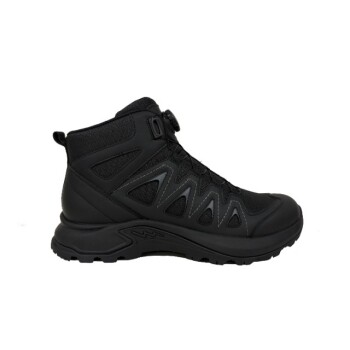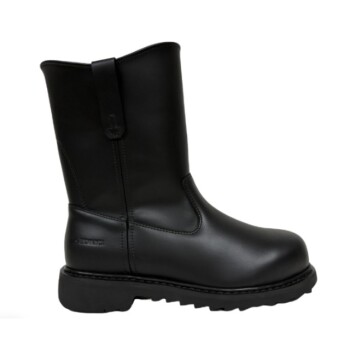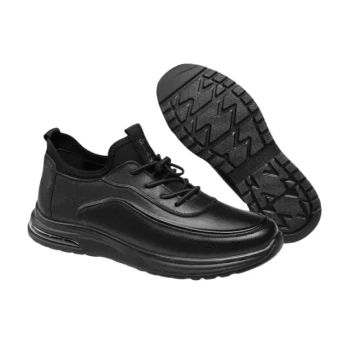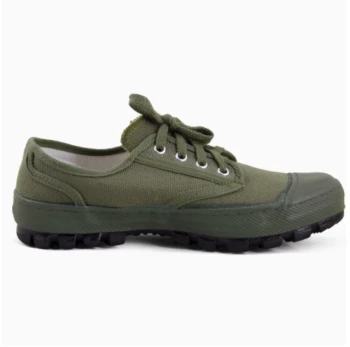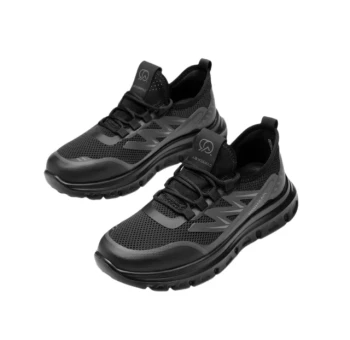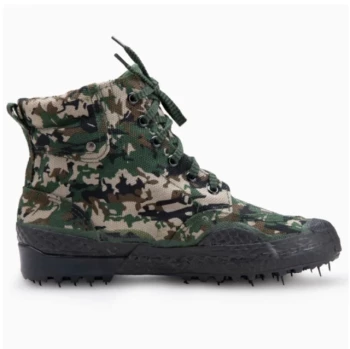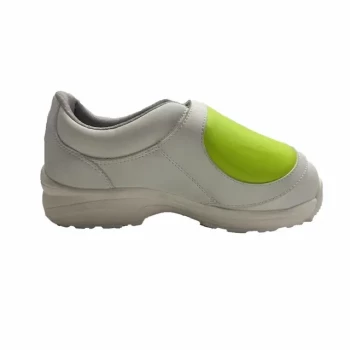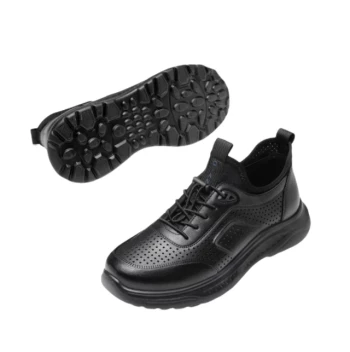The most significant issue patients report with walking boots is the development of secondary injuries, often in the back, hips, or knees. These new injuries are not related to the original trauma but are a direct result of the physical imbalance created by wearing the thick-soled boot.
The core problem is not the boot itself, but the leg length discrepancy it creates. This imbalance forces your body into an unnatural alignment and gait, which can transfer stress to healthy joints and muscles, leading to new strains and pain.
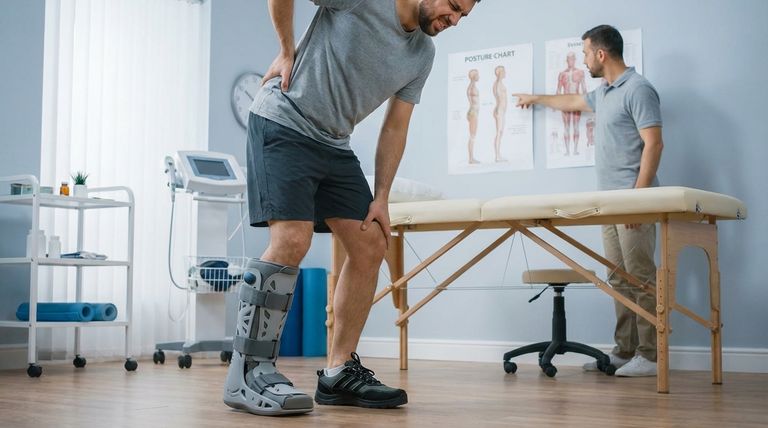
The Root Cause: How a Walking Boot Disrupts Your Body's Alignment
The Leg Length Discrepancy
A standard walking boot has a thick, rigid sole designed to protect the injured foot or ankle. This sole can add an inch or more of height to one leg.
Your body is a finely tuned system built for symmetry. This sudden, artificial height difference is a significant disruption that your skeletal structure is not prepared to handle.
The Chain Reaction Effect
This height difference sets off a chain reaction up your body's kinetic chain. Your pelvis is the first to be affected, tilting down on the shorter (unbooted) side.
To keep your head level, your spine is forced to curve unnaturally to compensate for the tilted pelvic foundation. This places uneven stress on your vertebrae and the supporting muscles of your lower back.
Altered Gait and Muscle Strain
To walk with one leg longer than the other, you must adopt an unnatural, limping gait.
This awkward movement pattern puts excessive strain on the muscles and joints in both legs, particularly the hip and knee of your uninjured, "good" leg, which must now absorb more impact and stabilize your body.
The Result: Common Secondary Injuries
Hip and Lower Back Pain
This is the most frequent complaint. The combination of a tilted pelvis and a compensating curve in the spine directly stresses the sacroiliac (SI) joint, hip flexors, and lower back muscles, leading to persistent aches and sharp pains.
Knee Pain
Pain can develop in the knee of the uninjured leg as it bears additional weight and impact forces. The knee on the injured side can also become sore due to the awkward mechanics of swinging the heavy, immobilized boot forward with each step.
Legal and Medical Context
The issue is significant enough that it has led to class-action lawsuits against at least one major manufacturer.
Patients in these lawsuits claim they were not adequately warned about the risk of developing these secondary injuries as a direct consequence of using the product as prescribed.
How to Mitigate the Risk
By understanding the cause, you can take simple, proactive steps to protect your body during recovery.
- If your primary focus is prevention: Ask your doctor about a shoe balancer or "evening shoe" for your uninjured foot. These devices are designed to add height to your other shoe, leveling your hips and restoring proper alignment.
- If you are already experiencing new pain: Do not ignore it. Immediately discuss these new symptoms with your healthcare provider to ensure they are not a sign of a more serious secondary injury.
- If you are just beginning to use a boot: Be mindful of your posture. Focus on taking shorter, more deliberate steps and consider using crutches as directed to minimize the overall strain on your body.
Proactively addressing the boot-induced imbalance is the key to ensuring the solution for one injury doesn't create another.
Summary Table:
| Issue Reported | Root Cause | Common Affected Areas |
|---|---|---|
| Secondary Injuries | Leg length discrepancy from the boot's sole | Lower back, hips, knees |
| Altered Gait | Unnatural walking pattern to compensate | Uninjured leg's joints and muscles |
| Muscle Strain | Body's compensation for imbalance | Spine, hip flexors, stabilizing muscles |
Are you a distributor, brand owner, or bulk client in need of reliable, well-designed medical or safety footwear?
As a large-scale manufacturer, 3515 produces a comprehensive range of footwear designed with user safety and comfort in mind. Our production capabilities encompass all types of shoes and boots, including those for medical recovery, ensuring proper support and alignment to help prevent secondary injuries.
Let's discuss how we can provide high-quality, bulk footwear solutions for your business. Contact our team today to learn more about our products and manufacturing services.
Visual Guide

Related Products
- Durable Rubber-Soled Utility Shoes for Wholesale & Custom Brand Manufacturing
- Premium Flame-Retardant Waterproof Safety Boots and Shoes
- Wholesale Training Shoes with Dial Lacing System Custom OEM Manufacturing
- Wholesale Modern Comfort Shoes with Dial Closure for Private Label & Bulk Orders
- Premium Wholesale Tactical Style Safety Shoes Boots with Quick Lacing
People Also Ask
- What historical breakthrough in 1844 contributed to modern shoe sole manufacturing? The Vulcanization Revolution
- What makes rubber sole shoes an economical and practical choice? Unmatched Durability & All-Weather Value
- Why should we wear rubber soled shoes? Unlock Superior Safety and Durability
- Which type of sole is better for premium sneakers and why? The Definitive Guide to Rubber Outsoles
- What are the disadvantages of leather shoe soles? Key Limitations in Traction & Durability


